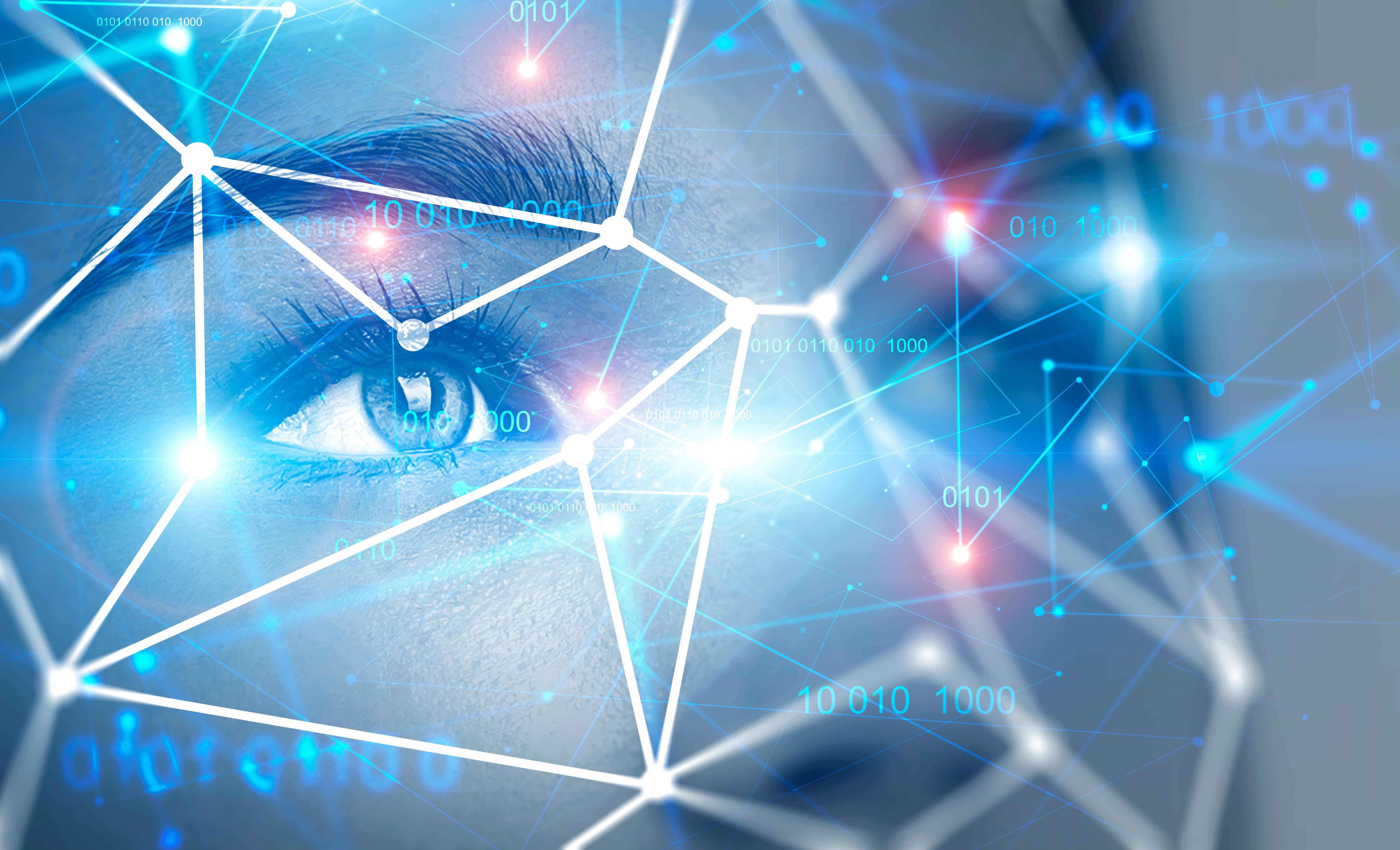Article
Digital Psychiatry: Augmenting the Future of Mental Health Practice
Author(s):
Technology will have an enormous impact on mental health, but perhaps not as soon as people think. Some of the earliest technologies to be deployed into clinical practice will help to augment clinicians, empower patients, and enable a data-driven approach to psychiatry.
©denisismagilov/AdobeStock

Digital psychiatry is a field that has come a long way over the last five years. It has witnessed an explosion of research and commercial interest, accompanied by a lot of excitement and hope. The FDA and many other organizations have published guidance and developed programs to foster development of responsible and safe mental health related technologies.
Despite the enthusiasm, the impact on day-to-day clinical practice has been limited. Back in 2013, I had my own realization that psychiatry would be one of the most fertile fields to benefit from emerging technologies, prompting my transition from traditional psychiatry to working on artificial intelligence and augmented reality.
With that said, digital psychiatry has considerable potential to change future clinical practice and to augment the work of clinicians and researchers. One area of impact will be the typical outpatient office visit. We continue to rely on subjective patient reporting, often relying on recollection of symptoms and functioning over many weeks. This reporting is combined with our ability only to assess the patient during that appointment in the clinic, a snapshot moment in time. But now we have technologies, like smartphones, whose sensors can help us to monitor our patient’s mood and behaviors during the 99% of the time that they are not in our clinics. This longitudinal assessment can provide for more objective and quantitative patient data.
Digital psychiatry has considerable potential to change future clinical practice and to augment the work of clinicians and researchers.
Research has already made headway into “digital phenotyping,” a process where a smartphone (or smart device) can collect data about how a user interacts with it, and how the user engages with the world around them. For example, background data is collected as individuals go about their normal lives (passive data), such as call/message logs, the GPS movements of the user, or their typing characteristics on the screen keyboard. Data can also be collected when the user is explicitly asked to perform a task, like filling out a mood diary or a memory test (active data).
There is also a digital means of measuring almost every component of the mental state exam (MSE). This cornerstone of clinical practice remains subjective and non-quantitative, and technology may allow for a more quantitative and objective way of assessing an MSE. Consider speech as a component of any good MSE. Research has shown that conditions such as psychosis or depression can be evaluated through digital analysis of speech production that looks at components such as phonation, resonance, pitch, and language patterns.1,2
The task of taking enormous amounts of data and making it meaningful is no easy feat, and arguably one of the most difficult. Yet, we may find that through technologies like machine learning, we may uncover digital signatures that could help subtyping of heterogenous clinical conditions or allow for models to help predict relapse or treatment response. These advances could help us to understand our patients in a data-driven way that would hold advantages through the expert-driven frame works of psychiatric illness (DSM-5) and brain functioning (Research Domain Criteria, or RDoC). Benefits include a more reliable and accurate assessment compared with DSM-5, and the ability to incorporate it into clinical practice (unlike NIMH RDoC).
Broadly, I think that we are seeing digital psychiatry at work in three key areas:
1. Technologies that can help improve current services and treatment (eg, access, adherence)
2. Technologies can become the treatment (eg, digital therapies)
3. Technologies that can have far reaching effects in terms of prevention and research (eg, phenotyping, big data approaches, combination with other research modalities)
Telepsychiatry is an example of a technology whose clinical use will mature over the short term. The growth in telepsychiatry has been fueled by increased legislative support, broader reimbursement, decreased equipment cost, increased patient and provider acceptance, and to address a psychiatrist shortage in many communities. Many clinicians, like myself, already run a series of telepsychiatry clinics every month. While connecting patients to psychiatrists via technology is not a new development, a range of “chatbot” digital therapists have also been created to provide CBT-based therapy. One commercially available chatbot has been shown to reduce depression symptoms when used as the intervention in a controlled research trial.
Secondly, mental health apps on smartphone and other devices have already gained FDA approval. For example, there are two apps that help provide CBT to patients who are in substance use disorder treatment (RESET and RESET-0, Pear Therapeutics). These apps also record various patient symptoms and provide a dashboard so that clinicians can review their patients program and monitor symptoms like cravings.
There are also efforts to enhance adherence through both software and hardware. One company has created a version of arirpiprazole that contains a tiny sensor. Gastric fluids activate this sensor, resulting in a signal that is sent to a skin worn patch and then transmitted to a smartphone app. The patient and their clinical team can then monitor when and what dose of this medication has been taken during a time period. Another company uses a smartphone camera and artificial intelligence to analyze how a patient attempts to orally take their medication. Through the camera, the software can accurately identify the patient, the medication, and whether the medication was genuinely ingested.
We should probably not forget virtual and augmented reality, technologies that have been around for several decades, but have advanced dramatically over the last few years. There is a wealth of evidence that these technologies can treat a range of psychiatric disorders, with anxiety disorders and PTSD being prominent. Yet while these technologies were developed long before smartphones and speech-analyzing home smart devices (like Alexa), they have failed to become as ubiquitous in society or to have the same degree of ecological validity. Relatively few individuals have expertise or access to virtual and augmented reality technologies, and that is despite these technologies becoming far more affordable.
My own work has focused on the use of augmented reality and affective computing in a range of smart devices. These devices, such as “smartglasses,” use machine-learning to assess and improve emotional and behavioral functioning in students with autism. They have been validated though a series of research studies and commercialized in the consumer and educational space.
Finally, there is also hope that for some impairing symptoms, technology can become the main treatment option. A range of companies have developed evidence-based digital CBT platforms to target insomnia. Several other companies have created games that they feel can work just as well as stimulants for ADHD, but these are still working their way through the FDA process.
Many other advances, such as the use of big data in medical records, as well as social media, are far too numerous to discuss here. What is important, however, is that we know what questions to ask when a technology is presented to us. Some of the key questions are:
1. Does it work? And who does it work for?
2. Under what circumstances?
3. What are the negative effects, and when do we expect to see them?
4. Who has access to the user data, and how is it safe guarded?
5. Is it a viable product, usable by real people, and with enough demand?
6. Is it affordable or who will pay for it?
7. Does it have other features such as FDA approval?
Dr Vahabzadeh is on the faculty at Massachusetts General Hospital; Innovation Officer at the Massachusetts General Hospital Psychiatry Academy; and the Chief Medical Officer of Brain Power LLC, Cambridge, MA. He has served on the MIT Solve Brain Leadership Group and on the faculty at Harvard Medical School. Dr Vahabzadehis spoke at the 2019 Psych Congress in San Diego, CA, in a presentation titled “Future Psychiatry: A Technological and Neuroscientific Convergence.”
References:
1. Rezaii, N, Walker E, Wolff P. A machine learning approach to predicting psychosis using semantic density and latent content analysis. NPJ Schizophr. 2019;5:9.
2. McGinnis EW, Anderau SP, Hruschak J, et al. Giving Voice to Vulnerable Children: Machine Learning Analysis of Speech Detects Anxiety and Depression in Early Childhood. IEEE J Biomed Health Inform. 2019 Apr 26 [Epub ahead of print].






